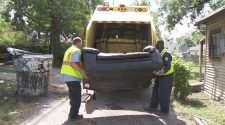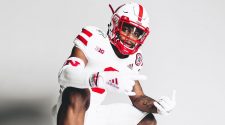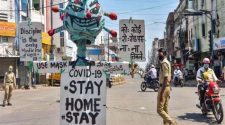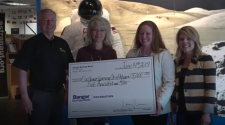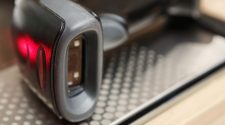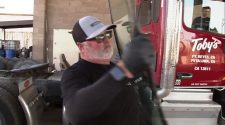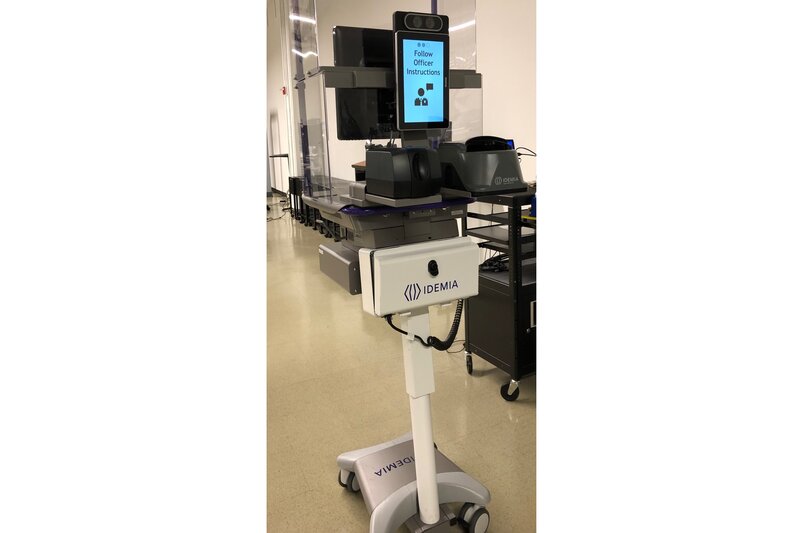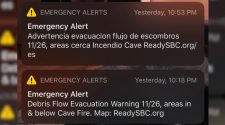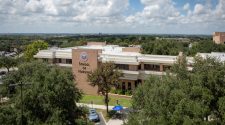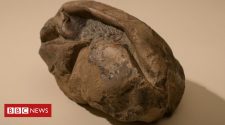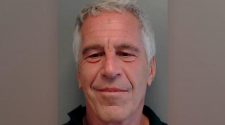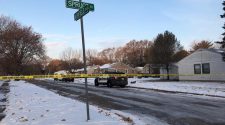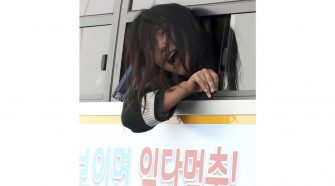Sign up here for GlobalData’s free bi-weekly Covid-19 report on the latest information your industry needs to know.
The Transportation Security Administration (TSA) of the US has piloted a touchless self-service technology that matches a passenger’s live photo with the photo on their ID.
After matching the live photo of travellers with the image on their ID, flight information for passengers gets confirmed in near-real time.
The technology was piloted at Ronald Reagan Washington National Airport (DCA) and comes after an earlier 30-day test of the technology with a camera.
The previous trial was carried out last September at McCarran International Airport with volunteer TSA PreCheck passengers.
After that pilot, TSA refined the technology along with the vendor and industry experts.
TSA Administrator David Pekoske said: “In light of Covid-19, advanced health and safety precautions have become a top priority and part of the new normal for TSA.
“As a result, we are exploring rapid testing and deployment of this touchless, self-service technology. At the conclusion of the pilot, we expect to be able to determine how positioning the new technology will allow passengers to use it themselves thereby providing a safer checkpoint experience, while adding significant security benefits.”
The pilot at DCA also includes volunteer TSA PreCheck travellers, who usually have the shortest wait times and the least amount of physical contact while at a TSA checkpoint.
Passengers at DCA can now voluntarily participate in the pilot. They will be able to approach the device and insert their own ID into the scanner for authentication, instead of handing it to a TSA officer physically.
The technology also verifies the identity of passengers by taking photos of the travellers and comparing it with the image on their ID.
After verifying, this device will then display the results of face matching, ID authentication, and flight information to the TSA officer, who sits behind an acrylic shield, thereby further minimising contact between the officer and passengers.
The credential authentication technology units authenticate several thousand types of IDs, including US driver’s licenses and photo IDs issued by state motor vehicle departments, US passports / permanent resident cards or visas, US military common access cards / retired and uniformed service military ID cards and Department of Homeland Security Trusted Traveler ID cards.
Photographs of passengers do not get saved in the database given that there is no capacity to do so.

